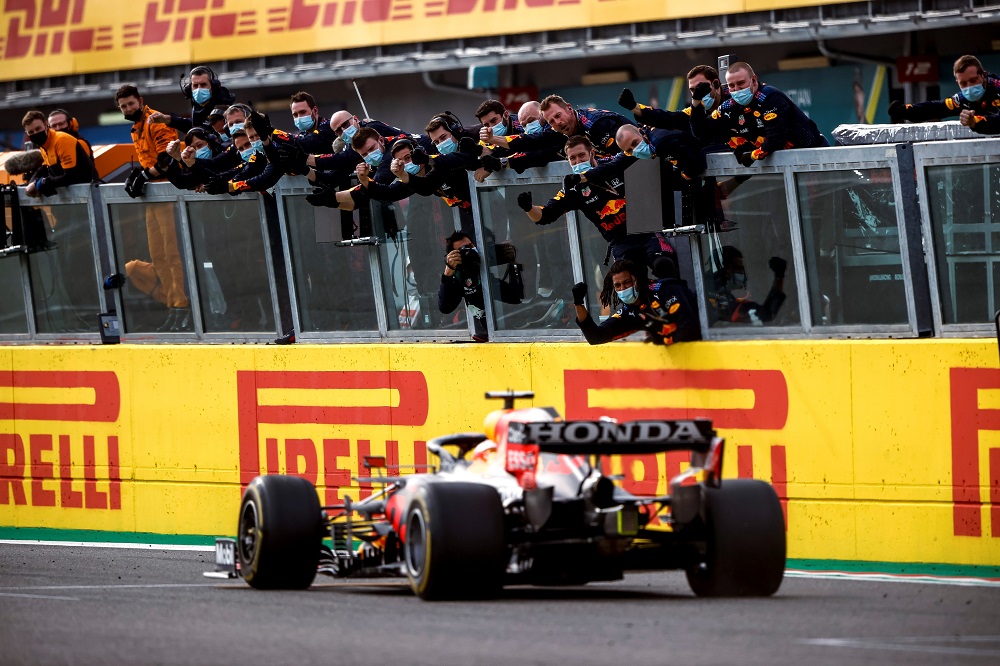What Makes the 2021 Honda F1 Engine So Good?
The first two races of the 2022 Formula 1 championship looked very good for Honda. Though the engine manufacturer is leaving the sport at the end of the year, it clearly wanted to do so with a bang (the make-a-great-impression kind of bang, not the engine-blows-up kind).
Honda had its struggles when rejoining F1 in 2015, its partnership with McLaren resulting in disaster. In the last few years, however, Honda seemed to have fixed its issues on the reliability end. And now, the engine is also quite fast — some believe it may even be the class of the field.
Engine Performance: Should you use regular or synthetic motor oil?
How did Honda manage this feat? Yasuaki Asaki, head of Honda’s power unit development, had a lot to reveal about the 2021 Honda F1 engine.
“The original plan was to implement this new structure PU this year in 2021,” he said. “But then for a variety of reasons, it was decided not to proceed with a brand new PU. However, the thinking on this really changed when Honda announced that we would be leaving the sport. I went to President Hachigo, and said to him that we would really like to implement this new structure PU for our last year in the sport. And he kindly accepted that request.”
We already knew that Honda had fast-tracked its 2022 engine, though. But what makes it so fast? According to Asaki, the engine’s overall architecture was significantly modified, requiring an enormous amount of work. One of the bigger changes involved adjusting the valve angle to improve combustion efficiency. This had the knock-on effect of requiring changes to the camshaft layout, which Honda managed to reduce in size and bring lower to the ground.
Honda Products: Explore the automaker’s 2021 vehicle lineup
“We’ve also had to make the head cover lower and more compact, which means that the way that air flows over it has become a lot better, and we’ve also lowered the center of gravity of the [internal combustion engine],” Asaki added. Another thing we changed is the bore pitch, by reducing the distance between one bore and the next, we’ve made the engine itself shorter, smaller.”
The list of changes doesn’t stop there — in fact, Asaki was surprisingly forthcoming about some of the details of the 2021 Honda F1 engine, though it’s probably not feasible for competing manufacturers to try to copy anything in time to make a difference.
Could Honda have made a championship-winning engine? Just two races into the 2022 season, the Red Bull Racing car has certainly been very competitive, and though it’s too soon to really say, some have already eagerly called the Honda-powered car the favorite. There are 21 more races to go, however, so we’ll just have to wait and see.
Kurt Verlin was born in France and lives in the United States. Throughout his life he was always told French was the language of romance, but it was English he fell in love with. He likes cats, music, cars, 30 Rock, Formula 1, and pretending to be a race car driver in simulators; but most of all, he just likes to write about it all. See more articles by Kurt.


